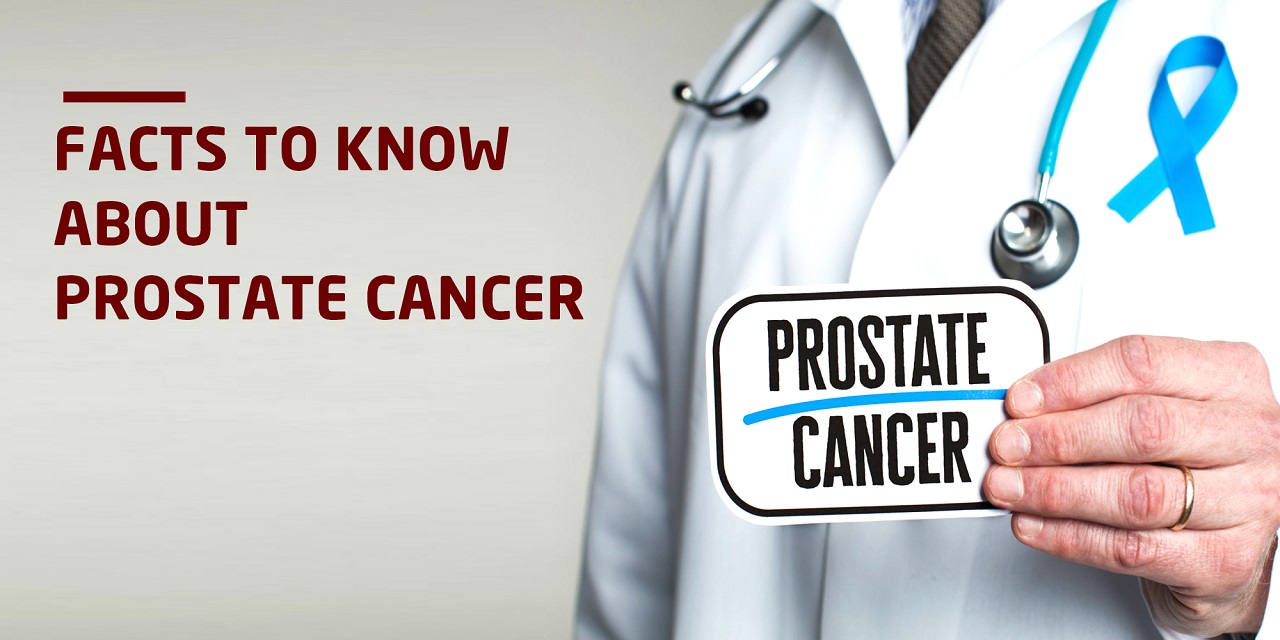In males, prostate glands play a vital role in reproductive system. Located just below the bladder in front of the rectum, it wraps around the tube that carries urine and semen out of the body.
Prostate cancer is prevalent among American males. Men with a high-fat diet are more likely to get this condition. African Americans, Hispanics, Native Americans, and males with a family history of this form of cancer are also at increased risk.
If the person is suffering from prostate cancer, he may or may not exhibit any of the following symptoms. These are the warning indicators to watch for:
Prostate Cancer is sometimes asymptotic. If symptoms occur, they are identical to those of an enlarged prostate and cannot be distinguished from Benign Prostate Hyperplasia or BPH conditions. The symptoms that can be common in Prostate cancer and BPH include urinating difficulties, erectile dysfunction, discomfort or pain in the hips, thighs or lower back due to enlarged prostate and blood in the urine.
Although these symptoms may suggest prostate cancer, they may also be indicative of noncancerous prostate issues. Apart from BPH, other non-cancerous prostate issues can be Acute Bacterial Prostatitis, Chronic Bacterial Prostatitis and Chronic Prostatitis. All of these benign prostate conditions are treatable, as is prostate cancer.
Diagnosing Prostate Cancer:
To identify the prostate symptoms, your doctor will ask your family’s medical history, your past medical problems, etc. He might also examine the prostate with gloved finger to check the following:
- The size, firmness, and texture of the prostate
- Any hard areas, lumps, or growth spreading beyond the prostate
- Any pain caused by touching or pressing on the prostate
Your doctor may suggest blood test and urine test to check prostate-specific antigen (PSA) level. High PSA levels may indicate enlarged prostate gland or prostate cancer. He may also advice to get Ultrasound test done. Ultrasound identifies if the prostate is of normal size and functioning properly or is there any abnormality. However, only a biopsy test can conclusively confirm whether growth or another anomaly is cancerous.
Risk Factors
Studies have proven that the biggest risk of prostate cancer is the increasing age of a person. According to the National Cancer Institute, males over the age of 65 account for the majority of prostate cancer cases. By the age of 60, 70-80% of males had prostate cancer, compared to 80% at the age of 80. Having close relatives with prostate cancer, particularly a brother, and/or being of African-American origin increases the chance of acquiring prostate cancer. It is hypothesized that high-fat diets and heredity lead to a greater incidence of prostate cancer in certain families.
Treatment
Treatment of prostate cancer depends on whether the cancer is in part or spread to other parts of the body. The age and overall health are also some of the major factors to consider in the treatment. Doctor’s consultation regarding the treatment method and its side effects is of utmost important. Surgery, Radiation therapy, Hormone therapy and Active surveillance are the type of methods to treat prostate cancer.
Prevention
You may be able to prevent prostate cancer by engaging in physical activity, consuming a nutritious diet, and not smoking. Consult your physician if you are suffering prostate issues. Visit your healthcare provider immediately to determine the cause of your prostate troubles.
While there’s no absolute way to prevent prostate cancer, there are certain things can help lower your risk. Maintaining a moderate body weight, getting regular exercise and paying attention to what you eat and drink play key roles in affecting any health issues.

